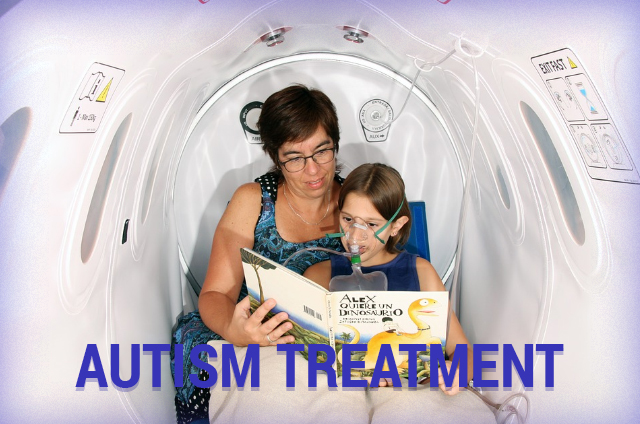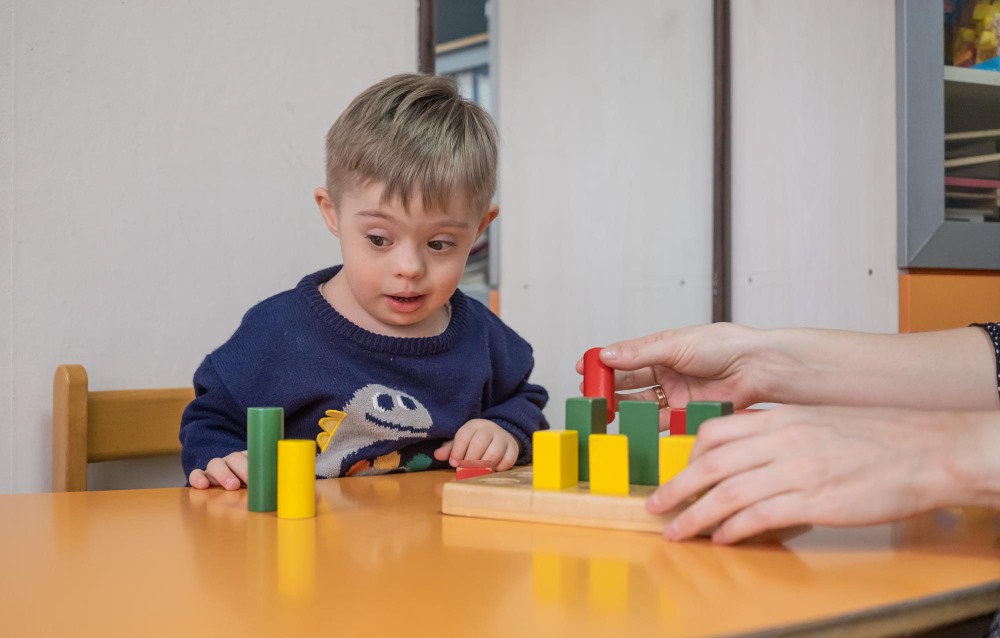
There is no definitive cure for Autism. An autistic person has to undergo extensive treatment and training sessions to improve their communication skills, lengthen their attention spans, alleviate sleep disorders and become more sociable. Every case of autism is unique, the causes are unique and so is the method of treatment. Doctors and therapists take time to decide on the proper course of treatment, and therefore early detection is an added advantage. There are different modes of treating this condition.
Chelation therapy is one such method. It is also a highly disputed procedure. The logic behind this practice is that, autism, at least in some cases, is caused by toxins present in air, especially heavy metals such as mercury. In chelation therapy, antidotes are used to assist the body in clearing out all the blight that cause harm. Amino acids are transfused into the body of the patient using IV injections and additional dietary requirements must be followed to see a difference in the condition.
This model of treatment has a history of having hazardous results. Therefore, it is strictly considered as a substitute to other more constructive methods of treating autism. Doctors administering chelation therapy should do considerable research before starting on the procedure and remain vigilant through the length and breadth of the program.
The training of autistic children to develop their social skills is a necessary step towards their rehabilitation in society. Autistic individuals in general, and those with Asperger’s Syndrome in particular face major difficulties in decoding language and tone change, motor movements and body language. Using pictures as a mode of communication can help these children to express themselves better.
The process of treatment of an autistic child is undoubtedly a period of anxiety for the parents. But in their sense of urgency to find a cure, parents should not move hastily from one procedure to another, as doing this will only harm the child and not give a clear and definite picture of the results of the different methods. Skipping too fast from one method to another will create fuzzy results and lengthen the time frame over which the right treatment plan can be chalked out.



